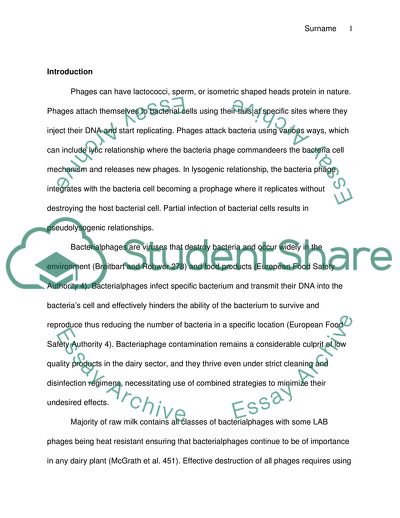Cite this document
(Bacteriophages and Their Current Significance in Dairy Industry Term Paper, n.d.)
Bacteriophages and Their Current Significance in Dairy Industry Term Paper. Retrieved from https://studentshare.org/biology/1775623-bacteriophages-and-their-current-significance-in-dairy-industry
Bacteriophages and Their Current Significance in Dairy Industry Term Paper. Retrieved from https://studentshare.org/biology/1775623-bacteriophages-and-their-current-significance-in-dairy-industry
(Bacteriophages and Their Current Significance in Dairy Industry Term Paper)
Bacteriophages and Their Current Significance in Dairy Industry Term Paper. https://studentshare.org/biology/1775623-bacteriophages-and-their-current-significance-in-dairy-industry.
Bacteriophages and Their Current Significance in Dairy Industry Term Paper. https://studentshare.org/biology/1775623-bacteriophages-and-their-current-significance-in-dairy-industry.
“Bacteriophages and Their Current Significance in Dairy Industry Term Paper”. https://studentshare.org/biology/1775623-bacteriophages-and-their-current-significance-in-dairy-industry.


